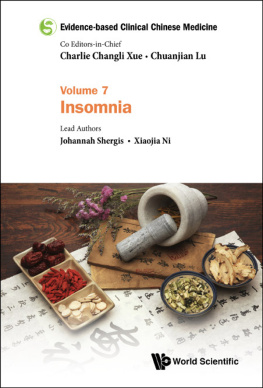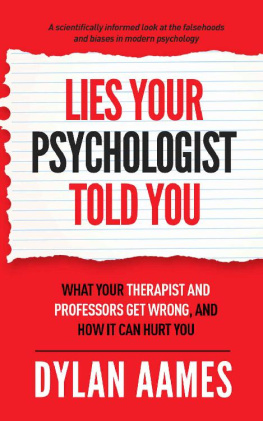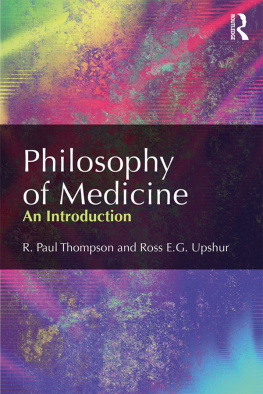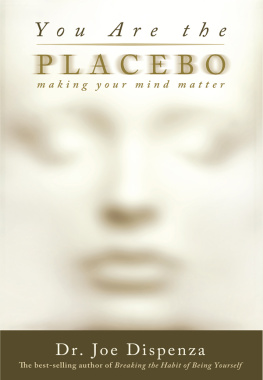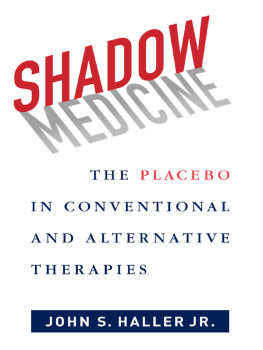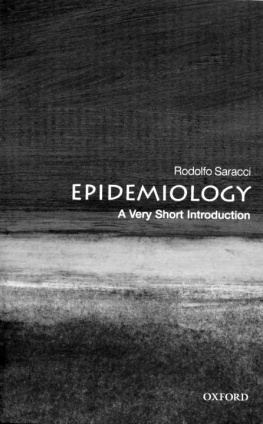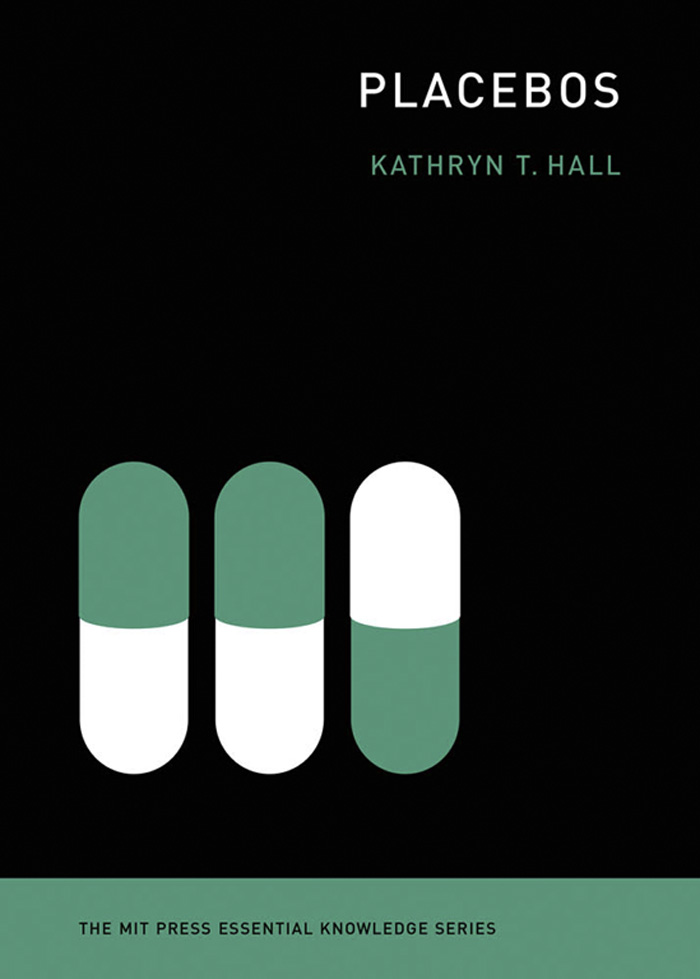
Placebos
The MIT Press Essential Knowledge Series
A complete list of books in this series can be found online at https://mitpress.mit.edu/books/series/mit-press-essential-knowledge-series.
Placebos
Kathryn T. Hall
The MIT Press | Cambridge, Massachusetts | London, England
2022 Massachusetts Institute of Technology
All rights reserved. No part of this book may be reproduced in any form by any electronic or mechanical means (including photocopying, recording, or information storage and retrieval) without permission in writing from the publisher.
The MIT Press would like to thank the anonymous peer reviewers who provided comments on drafts of this book. The generous work of academic experts is essential for establishing the authority and quality of our publications. We acknowledge with gratitude the contributions of these otherwise uncredited readers.
This book was set in Chaparral Pro by New Best-set Typesetters Ltd.
Library of Congress Cataloging-in-Publication Data
Names: Hall, Kathryn T. (Kathryn Tayo) author.
Title: Placebos / Kathryn T. Hall.
Other titles: MIT Press essential knowledge series
Description: Cambridge, Massachusetts : The MIT Press, [2022] | Series: MIT Press essential knowledge series | Includes bibliographical references and index.
Identifiers: LCCN 2022000952 (print) | LCCN 2022000953 (ebook) | ISBN 9780262544252 (paperback) | ISBN 9780262371018 (pdf) | ISBN 9780262371025 (ebook)
Subjects: MESH: Placebos | Placebo Effect
Classification: LCC RM331 (print) | LCC RM331 (ebook) | NLM WB 330 | DDC 615.5dc23/eng/20220511
LC record available at https://lccn.loc.gov/2022000952
LC ebook record available at https://lccn.loc.gov/2022000953
10 9 8 7 6 5 4 3 2 1
d_r0
Contents
Series Foreword
The MIT Press Essential Knowledge series offers accessible, concise, beautifully produced pocket-size books on topics of current interest. Written by leading thinkers, the books in this series deliver expert overviews of subjects that range from the cultural and the historical to the scientific and the technical.
In todays era of instant information gratification, we have ready access to opinions, rationalizations, and superficial descriptions. Much harder to come by is the foundational knowledge that informs a principled understanding of the world. Essential Knowledge books fill that need. Synthesizing specialized subject matter for nonspecialists and engaging critical topics through fundamentals, each of these compact volumes offers readers a point of access to complex ideas.
Introduction: The Back Door
It was a year and counting since the pain in my right wrist had taken me down that slippery slope from Advil to codeine. Carpal tunnel syndrome proclaimed my primary care physician. And with that I joined the intrepid bench scientists and computer programmers with telltale beige wrist braces who despite the pain of every click, kept pipetting, kept coding. I was working in the pharmaceutical industry at the time and although I didnt get addicted to the array of pain meds on my bedside stand, they did make it hard to concentrate. Only when I arrived at what was for me the last resort, surgery, was I willing to abdicate the logic of relief. The incision in my transverse carpal ligament recommended by the surgeon made sense, but it was so permanent. As my colleague who was disappointed in his surgery observed, positive results were no guarantee.
I was in pain, I was exhausted, I had nothing to lose. I called the number of the acupuncturist that my old friend, who had a black belt in aikido, had emailed me months ago, with the words Just try it!!! punctuated by three exclamation points.
Sitting in the waiting room of the acupuncturist, I studied what looked like subway maps on the human body. The stations had strange names like TW14 or L11. A strong smoky smell created a peculiar mix of curiosity and inertia that kept me sitting there long enough for a small woman to emerge from a bloodred door and usher me in. She began by asking me what I ate and what I did for exercise. Then she asked to look at my tongue. Mmm, mhmm, she nodded as she peered into my mouth. Lie down, she motioned brusquely to the massage table. The dull-orange sheet was pilled but looked clean. I hesitantly reclined. Taking my hand in hers, she placed her fingers delicately on my pulse, continuing her soft affirmations. Whatever she was learning from my pulse was most certainly flawed by my growing discomfort. Suddenly she reached away from the table, and in one fluid motion swung around and stuck a needle into my fingertip. Then another and another. It was ridiculous and intriguing. The thought of it hurt, but I hardly felt a thing; I was pinned.
Just as I was getting accustomed to this thing called acupuncture, she asked me to turn on my side and then she got up on the table. The shock of her hovering over me was no match for the pain that was about to come. She measured the back of my upper arm in finger lengths, and then finding a region around the middle, she palpated in closing circles till she found what she was looking for and again without notice, stuck in the needle. The burning was immediate and hot. Aaahhh! A sound both guttural and high-pitched, dragged from me involuntarily as the pain of the past year gathered together to make one last point. She twisted the needle, and another wave of heat and burn fired up and out my arm. As she made her way off the table, I was momentarily distracted by her descent. She was an older woman, of small stature, and very nimble. When I returned my focus to the matter at hand, I felt for the familiar pain in my wrist. It was gone. A years struggle, gone. I searched my arm, my elbow, my wrist for the pain. Nothing.
She deftly placed several more needles across my body, now supine, and left me alone for some twenty minutes. Laying there I got used to the needles, some stuck in those same subway stops I had studied in the waiting room. Just as I was drifting off, she reappeared, rattling off a series of stern instructions. Drink a lot more water, especially today, she said, casually pulling out needles from across my body. Eat no red meat, do not drink alcohol, take a teaspoon of apple cider vinegar and honey every day. She wrapped her thin left hand over her right arm and pressed on a point at the center of the back of her arm. If the pain returns, just rub this spot on the back of your arm, right here. She motioned for me to get up off the table. OK, come back in two weeks. And with these few precepts, she showed me out the red door.
Returning to the safety of my car, I glanced at the discarded beige wrist support, waiting patiently on the passenger seat. I wriggled my fingers, flexed, and then rotated my wrist. Still nothing, no pain. Deeply relieved and totally perplexed, I drove back to work that afternoon. I was an associate director of drug development at a biopharmaceutical company. I was headed back to the heart of biotech in Cambridge, Massachusetts. Over the years, when the pain in my wrist would return, I massaged that same spot, and sure enough, the pain would dissipate. I would contemplate the how and why of that clinical encounter for years to come. Why did that work? Was it the power of acupuncture or just a placebo effect?
Acupuncture is an ancient healing tradition. Honed over centuries, the theories behind acupuncture are complex and elegant. Of the complementary and alternative medicines, now termed integrative medicine, studied in the United States, acupuncture has demonstrated the greatest efficacy in treating pain. Sham acupuncture can also elicit strong placebo responses. Sham acupuncture needles are designed like a trick sword; instead of the needle penetrating the skin, it disappears into a shaft. Clinical trials of acupuncture often find similar effects between acupuncture performed with real needles compared to placebo or sham needles.
Next page

